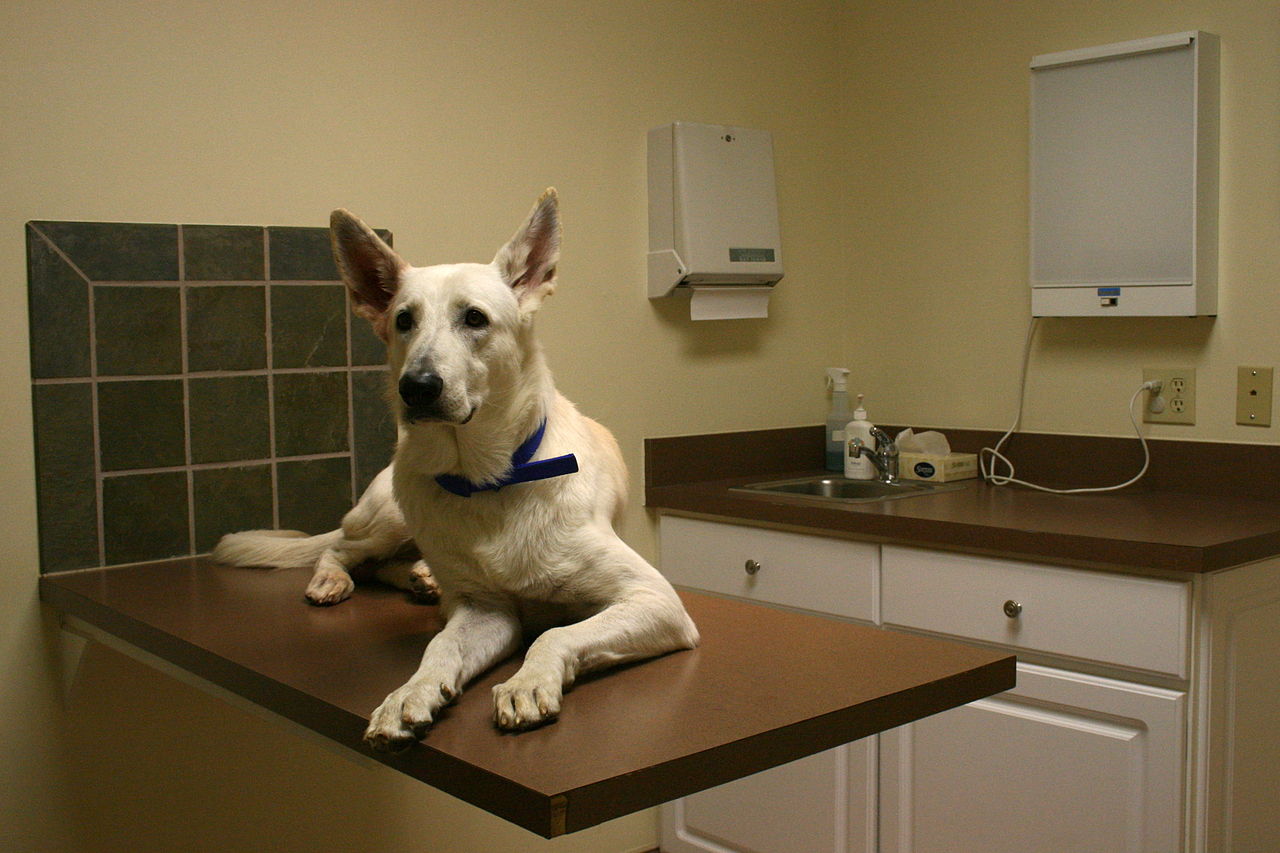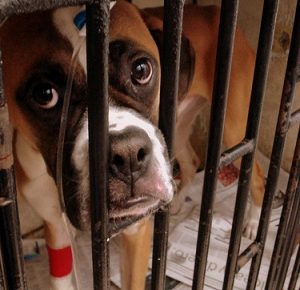Wobbler’s Syndrome is also known as CVI or cervical vertebral instability and may be inherited in dogs. It usually affects large breeds and dogs that grow quickly. Wobbler’s is caused by stenosis (narrowing) of the vertebral canal, the space that contains the spinal cord.
Younger dogs, 10-14 months old appear to have a clumsy gait. Older dogs wobble (ataxic) when they walk. The wobble seems worse in the hind quarters, but also affects the front legs. If there is neck pain, the dog will carry its head low.
Wobblers becomes progressively worse and often the dog is not able to stand due to stiffness and a ruptured disc.
Your veterinarian will perform several tests to determine if it is Wobblers. Blood work, x-rays, a CT scan can help your vet decide on a course of treatment depending on how much damage has been done to the spinal cord and if there are tumors present. Restricted activity may be recommended as well as pain medications and anti-inflammatories.
If a disc is ruptured, surgical removal of the material has had good results. However, if the spinal column has shrunk, surgery cannot help. In some cases surgery can help stabilize the vertebral column and prevent further changes from occurring.
Even after surgery, your dog will have an odd gait, but at least will be free of pain and be able to function well. Following surgery your dog will require a lot of care, sometimes taking a week to 2 months before s/he is able to get up without assistance.
A harness should be used with any dog with Wobblers. Collars put unnecessary pressure on the neck and could cause further damage.
You can cut down on the risk of your dog getting Wobbler’s Syndrome by checking the dog’s family history. Large breed dogs can be fed a good quality adult food beginning at 6 months. This is thought to slow the growth rate.
If you notice anything unusual in your dog’s walk or general appearance, contact your vet as soon as possible.


